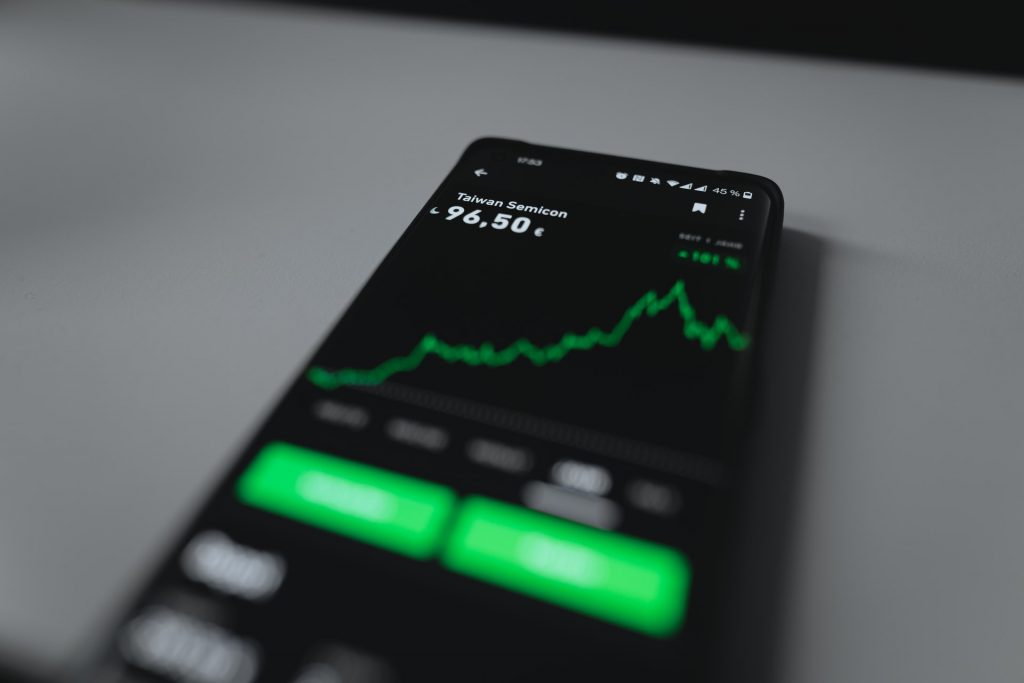Are you a CEO, COO, or business owner, facing the challenges caused by the pandemic and everything that came with it? Many top analysts believe that 2022 and beyond is shaping up to test you to the limits, fueled by the two ingredients the C-suite fears the most – risk and volatility.
It’s not a single obstruction at the root of economic disruption, but many. As a result, strategic planning must now interface pressures from:
- Supply chain traffic jams
- COVID-19 and its inevitable mutations
- Galloping inflation (at least in the short term)
- The Great Resignation of 2020
- The seismic shift to remote working
While each of these is a dedicated subject, it’s crucial to take a broad view in order to understand how businesses can cope in this unprecedented territory.

The Employee Crunch
When the virus hit the workforce between the eyes, it triggered many to reflect on their lives and futures. Mass resignations over only a few months created severe labor shortages, transferring significant power away from the company to the workers in the following ways:
- Recruits’ demands for pay raises compelled HR departments to revise the earnings scale, thus maintaining balance and deflecting internal discontent.
- Alongside increased salaries, calls for improved benefits and work flexibility jumped into the arena, complicating employee retention even more.
- Human resources job postings on Indeed shot up by 133% in 2021 compared to 2020.
- The burden on in-house HR execs reached a breaking point. It pushed them to join the resignation flow. In a survey of 280 HR officers heading their departments, 47% moved on, with a significant number exiting the arena permanently.
When work effectiveness suffers and overheads increase, it’s a perfect storm for pushing prices higher and feeding inflation.
There’s an argument circulating that the flood of startups pouring into the economy represents individuals leaving the corporate environment to try their luck as entrepreneurs. So, although the workforce appears to shrink, it’s likely moving into emerging small businesses instead. However, these ventures experience a considerably higher risk in the first year and disappear as quickly as they open. Therefore, we’ll likely see a significant return to the corporate employment pool as these failures mount up, but this will take some time.
Here are some startling facts about employee remuneration:
- The median US tech salary leaped up by 7% in 2020
- Amazon, for example, took an even more aggressive stance, escalating its maximum base pay by more than 100% from $160,000 to $350,000.
- The year-over-year cost leap for S&P 500 companies in 2021 was 13.4% – surpassing any spike witnessed in ten years. Much of this connects to the supply chain (see the section below).
- Other more fundamental industries (e.g., autos, heavy industrial) struggle to fill vacant positions. In 2022 they face at least a 3.5% wage hike across the board on top of the 4.7% bump in 2020.
So far, enterprise-scale companies have successfully pushed the cost increases into higher pricing without a drop in demand. In other words, consumers are taking the brunt of the disadvantages without as much as a murmur. Indeed, the evidence is there because profit margins and stock prices soared in 2021. So one big question is, how much longer will the market tolerate inflationary pressures and react in a way that doesn’t impact the bottom line?
And what about SMBs? Many in this category operate at thin margins with inadequate management resources. Management frequently doesn’t know where to begin with remote work adjustments, mask and vaccine mandates, lockdowns, and supply chain glitches in the mix.
Front and center of the conundrum facing CEOs is balancing remote work and hybrid arrangements with employees:
- Upwork estimates that over 26% of US employees not resigning worked remotely in 2021. They forecast that by 2025 32.5 million members of the workforce (22%) will be in remote working mode.
- In a report from Pew Research:
- It seems that close to 61% of remote workers work that way because they prefer it. In other words, the pandemic foisted a change in people’s attitudes that’s not disappearing as the virus fades into the distance.
- Alternately, 38% of employees who are willing to return to a brick-and-mortar office can’t because the option is unavailable.

To sum up, CEOs are caught in a juggling act striving to balancing two urgent requirements:
- Filling job shortages with insecure leadership in the HR department.
- Figuring out the balance between hybrid work arrangements and permanent remote working.
The supply chain impact on inflation
The double-digit cost escalation mentioned above has much more to do with the supply chain than with pay pressures. The chain is losing links that keep the moving parts together. COVID-19 disruptions are undoubtedly in the under-current, but now, with the Ukraine-Russia conflict throwing a juggernaut into global harmony, inflation threatens to kick up several notches.
- Oil barrel prices will probably hold over $100 for the medium term, making transport for everything that moves between two or more points more expensive.
- Moreover, both Eastern European countries are primary wheat suppliers to the USA, threatening the disruption of food prices for all products dependent on this staple ingredient.
- Global supply chains affecting raw materials, cars, consumables, and components are stuttering and, in some cases, coming to a standstill.
- Ports and container storages are at capacity, with cargo ships lining up for days and weeks to offload
For example – supermarket customers throughout the US notice that many brands are disappearing off the shelves and products they took for granted are inaccessible without a broad search. In addition, products from electronics to toys are in short supply.
Container shipping rates from China to the USA (i.e., the East coast route – one of the world’s busiest container lanes) is seven times higher than pre-pandemic according to freight-tracking firm Freightos. CEOs have adopted extreme measures because of the supply momentum loss and the cost of climbing on a slowing bandwagon. They’re airfreighting stocks to overcome delays, demonstrating management versatility to meet peak season demand. So far, things are on track, but it isn’t a sustainable route.
Right now, it feels like we’re living in a twilight zone. Markets are in turmoil, and employees are churning like never before. Everything points to dwindling profits, strained revenues, and rising costs. However, on the contrary, stock prices and ROIs remain buoyant.

Conclusion
Even if businesses appear to be doing well on the surface, CEOs in every industry are functioning on nerves that are as tight as a drum. They seem to be waiting on tenterhooks for the next heavy boot to drop. Nearly 72% of them, in a survey conducted by AlixPartners at the end of 2021, expressed the fear that their jobs were in jeopardy and the challenges would win out in the future. It’s an alarm bell worth heeding in a world where high volatility is almost the new norm. After all, there’s only so much stress even highly functioning humans can take.
That’s why it’s essential to build a solid work culture and ensure a strong foundation to tide your company through. Customer and employee engagement solutions help you capture the insights you need to optimize strategies and maximize impact. So, reach out to Sogolytics for assistance if you are dealing with any of the dynamics highlighted in this article.






